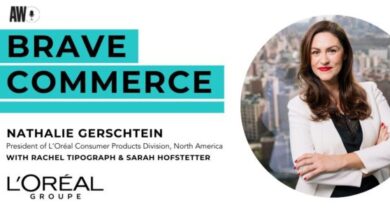
[ad_1]
I don’t think my father knows what I do for a living. When I told him I had moved from film and television to branded entertainment, he looked at me with confusion and surmised, “Like The Carnation Hour?” I had to Google that—turns out he does know what I do.
The Carnation Hour was a radio series sponsored by Carnation Milk Company. It premiered in 1931 on the then-regional NBC network. The format ran for two decades until its final broadcast in 1951. The show gave platforms to entertainers like Buddy Clark and Dinah Shore, and was the earliest and most overtly branded form of entertainment I had ever seen.
That was until this year, when the Barbie movie transformed the real world into a pink fever dream. Although 70 years apart, these two references point to Hollywood’s longstanding relationship with branded entertainment. Here’s what we can learn from this rich history.
The roots of branded entertainment
The concept dates back to the 1950s, an era of broadcasting when radio and television programs were controlled by their sponsors and branded with company names. Shows like The Colgate Comedy Hour, Hallmark Hall of Fame and Westinghouse Studio One were simply part of the television genre.
Out of these shows came stories and characters that were (not-so-secretly) brand-fueled. For instance, Columbo first appeared on television in a 1960 episode of the branded anthology series The Chevy Mystery Show. The term “soap opera” originated from the fact that serialized dramas were sponsored by soap manufacturers like Procter & Gamble to promote products to a mostly female, daytime audience.
Today the relationship between advertisers and studios looks very different. For so long we operated under the longstanding cultural agreement “give me Friends, OK I’ll watch your Gap commercial” until streaming came along. As a result of this shift, you have an entirely new audience who isn’t willing to watch commercials. This is problematic because recently, streaming platforms have built ad-supported networks to increase revenue and reach subscribers willing to trade their time for a lower monthly fee.
Netflix’s Q3 earnings report recently revealed its ad tier continues add users, with membership up almost 70% quarter over quarter. The majority of Peacock and Hulu sign-ups are ad-supported and, even though their overall subs fell, since launching ads late last year 40% of Disney+ new accounts have signed up for ads. With Amazon Prime Video set to kick off its ad-supported offering next year, we are now staring down the barrel of more ads at scale, something network television hasn’t been able to offer advertisers outside of sports in a very long time.




